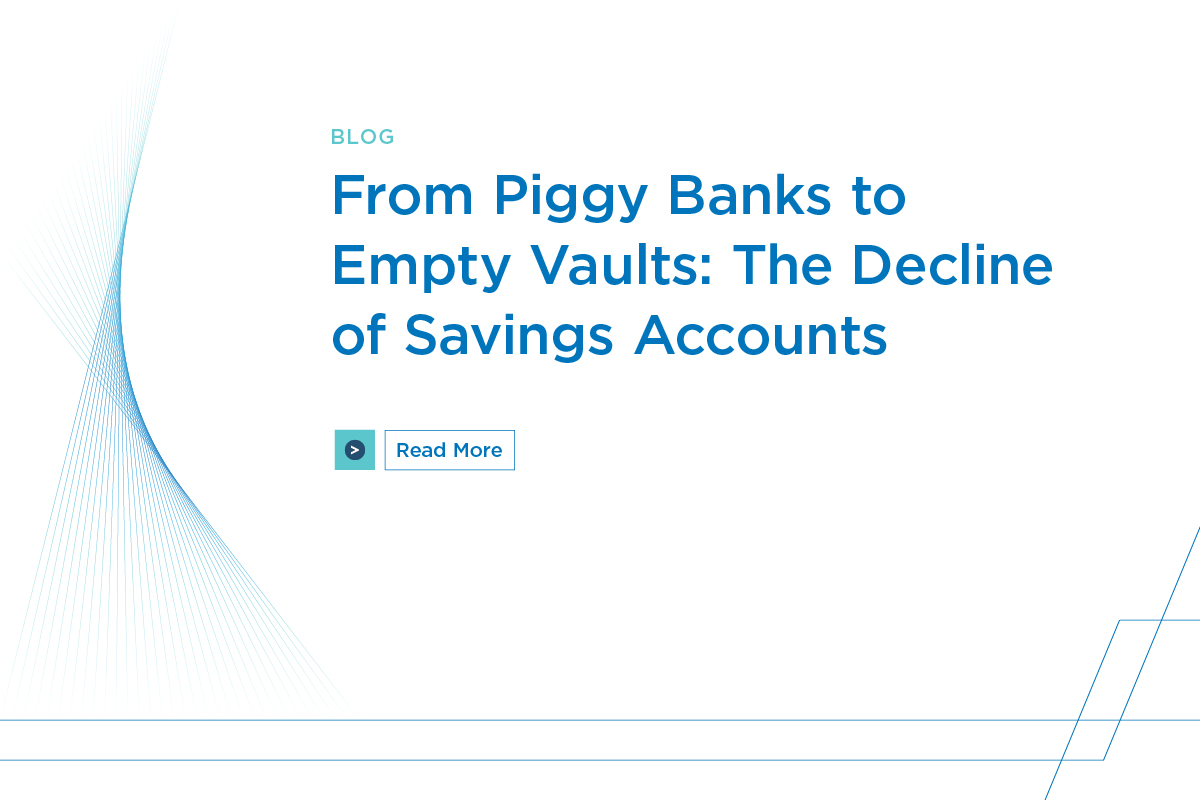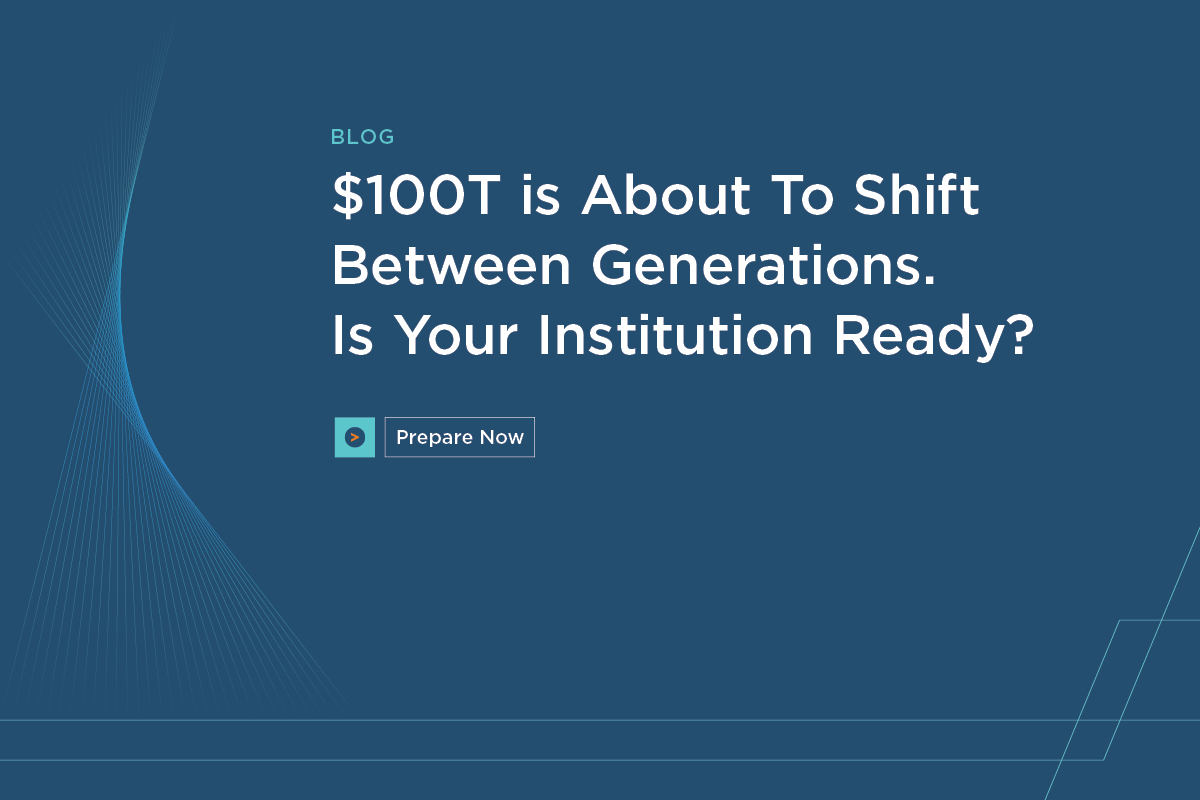As you’ve probably heard, on July 1, 2017, the three major credit bureaus — Equifax, Experian and TransUnion — changed the way they report FICO scores.
Based on consumer demands for fairness and accuracy, credit reports will no longer include judgments or tax liens that do not include the person’s:
- Name
- Address
- Social Security number
- Date of birth
Since judgments and liens are public records, pieces of identifying data are often absent or redacted for security purposes. These changes will affect nearly all civil judgments and nearly half of tax liens, which do not include this information.
Rather than risk the possibilities of negative items appearing on the wrong person’s file, the bureaus have opted to remove them entirely. The decision results from a settlement the three bureaus made in 31 states for alleged reporting inaccuracies. In addition to removal of tax liens and judgements, the bureaus are now required to update the public information in their credit reports every 90 days.
This is definitely a win for consumers. But what does it mean for financial institutions and how they underwrite consumer loans?
How New Credit Score Changes Will Change Lending
Overall, by FICO analysis estimates, the changes in scores will be nominal, averaging to a 10-point increase. While eliminating potentially false damaging information is important, the score bump will have little impact, especially to consumers who already fall into high risk categories.
As many as 92 percent of people affected by the new rules, have other negative information, like late payments, that will keep their scores in a steady range. FICO has documented the new average used, a historic 700 point average, but the new reporting regulations are highly unlikely to cause inflation in U.S. scores in general.
Will the changes affect lenders in prescreening qualified applicants?
Financial services analysts may not be pleased, citing that tax liens and judgments should be included as clear indicators of future behavior. Delinquency and collection debt matters, as do high credit utilization with near-limits across multiple accounts with only minimum payments made to balances.
To remain competitive, traditional lenders may need to consider criterion similar to Fintech applications where FICO scores weigh less into decision making such as: income, length of employment and payment history.
FICO scores won’t be going away anytime soon. They are still the most significant criterion for decision making for 90% of lenders. As financial institutions shift technologically and consumer behavior changes, however, the arbitrary use of a simple score may matter less as lenders move toward the examination of total behavior to get a bigger picture.



